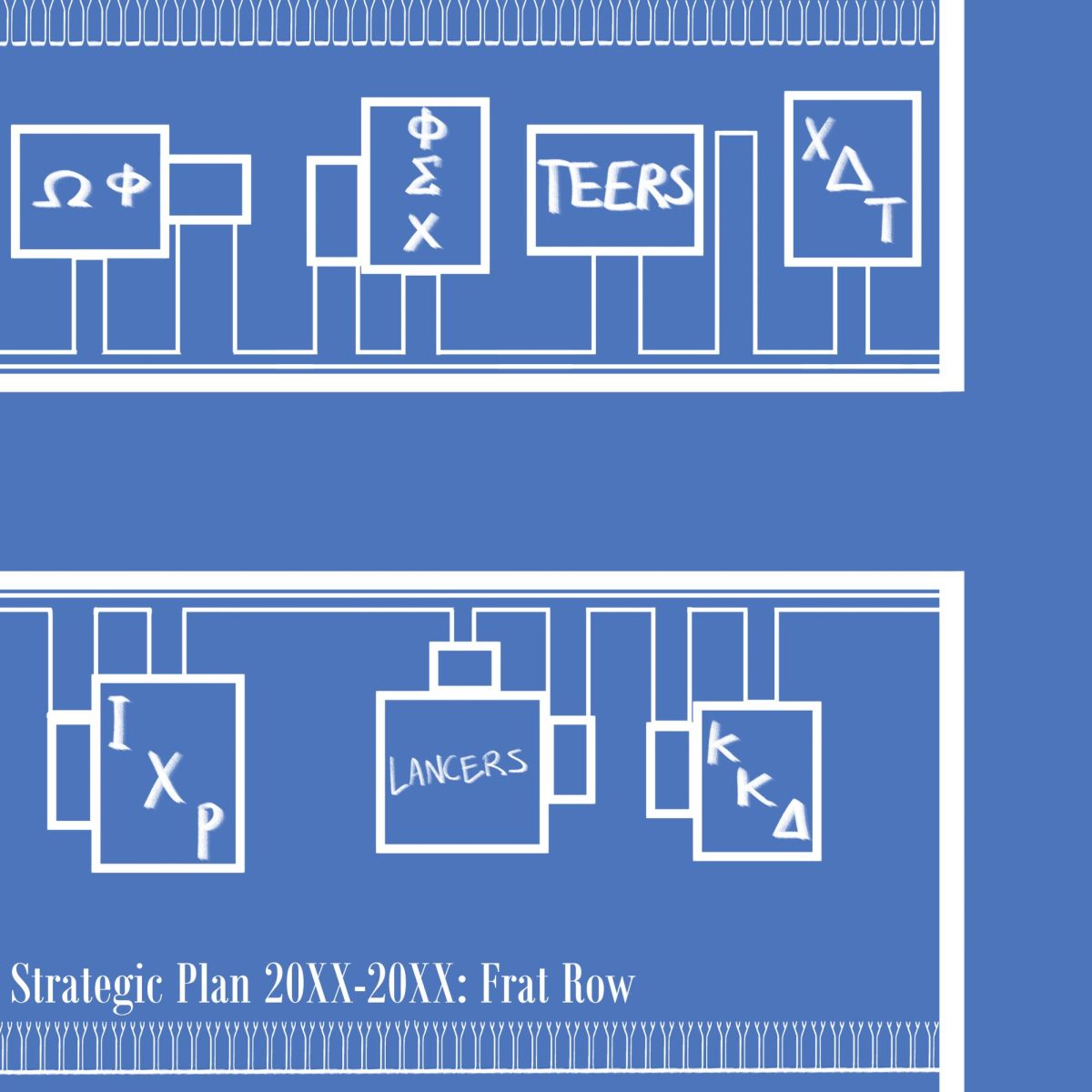On Aug. 23, Indian rocket Chandrayaan-3 lit up the dark side of the moon for the first time in history. India beat out every world superpower and won the race to the south pole of the moon, leading humanity one step closer to understanding its obscurities. It is an impressive achievement, especially from a country that the western world deems as “developing.”
It took the Chandrayaan-3 a total of Rs 600 crore, or $75 million to complete this mission. In comparison, NASA’s rockets — successful or not — have each cost, on average, over $1 billion since 2009. It’s about time the U.S. takes a page out of my country’s book.
The 2024 U.S. Budget is an example of the infamous frivolity that this country continues to perpetuate. The outlined budget indicates a rise in NASA’s funding by 7%, bringing their reserve to an unbelievably unnecessary $30 billion. Consider this: India has stretched $2 billion for space exploration over ten years, and still managed to be the first country to make it to the south pole of the moon.
The question then arises: If India, a developing country, can get to the moon for less money than it took to film the movie Interstellar, why is the U.S. continuing to fund NASA with exorbitant amounts of money that could be better used almost anywhere else?
It’s not like the U.S. doesn’t have other avenues to distribute their funds; after all, social security is receiving around half of what space exploration is. At any given time, Democrats and Republicans are warring over the issue of increased taxes and delegation of funds while 37.9 million impoverished people in America continue struggling to make ends meet. If NASA’s funds were even partially redistributed for a small period of time, then not only could this partisan dispute be somewhat quelled, but great strides could be made toward eradicating poverty in the U.S.
Space exploration is far from an unwise avenue to attend to and fund. NASA’s discoveries will undeniably alter human life as we know it, but the money going toward this cause is being spent excessively. The Chandrayaan-3 proves that a high budget isn’t a requirement to get to the moon — and, what’s worse is, NASA’s discretionary spending is rife with ambiguity, insinuating an unclear understanding of their fund’s allocation. The only aspect of this budget that is properly laid out is an addenda, stating that a significant portion of the money will be dedicated to putting a woman or person of color on the moon. As fantastic as it is that the U.S. is prioritizing equality in outer space, these efforts need to be more focused right here, on the ground.
Under no circumstances am I contending that India is a stranger to these same issues. India’s denomination as “developing” refers to the vast array of issues that have yet to be conquered. Hindrances such as corruption, pollution, malnutrition, illiteracy and violence are only on the first page of the book, and trust me — it’s not a small book.
But, we’re pulling through as best as we can. Just a week ago, news broke that India lifted approximately 145 million people out of poverty in the past five years. In the last decade, the poverty rate has roughly reduced from 55% to 16%, and concurrently, India’s economy is on track to be the world’s second-biggest. We may have a slew of internally malfunctioning gears, but there are ongoing and genuine efforts to screw them back together. The Chandrayaan-3’s low budget kept in mind these endeavors.
The rocket utilized a multitude of cost-effective fuel and equipment alternatives that should be considered by other world powers when deciding to launch their next expedition. By limiting the number of prototypes created by using reliable apparatus, as well as by localizing hardware production, India was able to cut down on shipping and transportation expenditures and pave a practical and successful journey to the moon.
Other world superpowers that are attempting to replicate this triumph, like the U.S., Russia and China, should not only follow in my country’s footsteps, but build upon the economically conscious methodologies we employed.








Yamuna • Sep 25, 2023 at 9:19 am
DIYA, it’s an Awesome Article
Keep up your good work..
Dimple • Aug 31, 2023 at 9:26 pm
Well penned Diya.
Dimple Shah (Ahmedabad India)
Anitaa Ramesh • Aug 31, 2023 at 9:16 pm
Well done Diya. Very proud of you dear.